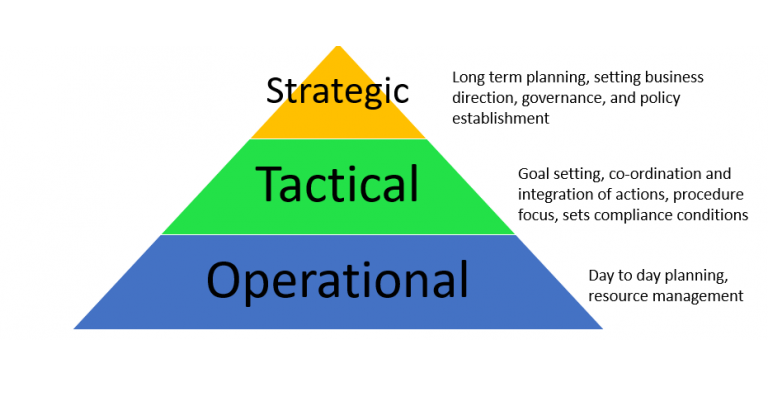Flipping The Traditional Business Model
Site compliance is not about documents in a set of dusty folders that have not seen the light of day since last year for the annual internal audits. Compliance is living, breathing, growing, and constantly changing.
In a business where the organizational structure is not designed to support this concept of living compliance, it can feel like a race where the finish line keeps moving just beyond your reach. So, when the fire fighting challenges increase from regulatory requirements, certification standards, and even from consumer trends, what can you do to regain control?
He waka eke noa.
This Māori whakataukī (proverb) literally means ‘the canoe we are all in together”. If the canoe is not being rowed as a team, it goes in circles. If the canoe is swayed precariously, everyone could fall out. Compliance is the waka (canoe), and it takes effort and teamwork across the entire organization from the board to the front line to keep things going in the right direction.

In the traditional business organizational model, compliance is combined into Quality Control or Assurance role at or below Front Line Management; the Operational foundation of the business pyramid. This is a reactive business approach; there is little upwards compliance exchange that occurs between the Operational structure and the Tactical level. There is no opportunity for exchange at the Strategic level. In this structure, the waka is going in circles. Conversely, if compliance is the pipe dream in the Strategic level, but no resource or support is provided for the Operational portion of the business, the waka is rocking; everyone will fall out.
Flipping the business model to have compliance responsibility in the Tactical structure of the business provides for communication across the three structures of the business; and allows for co-ordination and integration of actions above, below and across the business. It allows for a procedural approach, and embeds a feedback loop into the business where compliance is an integral part of all project outcomes. We have true teamwork occurring; the waka can move forward!
With the waka moving forward, the benefits become more obvious to this model. Brand enhancement and growth, cost and risk reduction, and most importantly for living compliance consciousness, there is improved staff morale. Compliance is owned by everyone, with a resulting proactive approach.
So, now that you are on board with the compliance waka, how do you help make this change in your business to support a compliance conscious culture?
First and foremost; educate yourself. In the compliance space, we are familiar with doing business gap analyses, but have you done a personal gap analysis? Where are you now? Where do you want to be? How does this relate to your current role within your organization? Just like the compliance waka, your personal waka cannot move forward until you fully commit. Research and upskill where you see your personal gaps.
Change management is needed to drive a shift in the business model; discussing how the business is disadvantaged in its current structure and expected outcomes of this transformation is a great place to begin. Examples of tangible financial gains or market growth in other businesses that demonstrate a positive compliance culture help the Strategic level to see the required business direction. It helps the Tactical level to set goals and co-ordinate integration, and it assists Operations to build this into their resource management. When the business is committed to the waka moving forward, an implementation plan needs to be set and agreed, and then reviewed with a continuous improvement mindset.
Initiating the conversation for change management can be difficult, and courageous conversations are not easy. Prepare for the conversation by doing your research. Encourage structure in the conversation by asking for a meeting date and time. Manage your own emotional energy and remain calm. Clearly frame your concerns, and reciprocate with active listening. Reframe what you have heard to ensure understanding. Commit to creating a solution together through further discussion or setting the next steps.
Communication is the key to compliance; whether through a courageous conversation, change management implementation, or day to day system maintenance. To learn more on how to use communication for creating a compliance conscious culture, I encourage you to attend the Communication Styles learning lab at the 2019 SQF International Conference in San Antonio, Texas. We will cover your personal communication styles, and give you the tools to help your team identify theirs. We will talk about how these styles can complement each other, and how to work through conflict between the communication styles. Rest assured, we will discuss how we can use this to keep our compliance waka moving forward!
See you in November; he waka eke noa!
By Betty Murie
Global Compliance Manager
Wedderspoon Organic
Betty@wedderspoon.com
Recent Blog Posts
The FMI Foundation, in partnership with SQFI, awarded 19 scholarships from 152 applications for the 2025-2026 Food Safety Auditing Scholarship program.
Private brands in the grocery industry are experiencing significant growth, evolving from budget alternatives to strategic assets that drive customer loyalty and distinguish retailers.
Recall prevention means embedding food safety throughout your operations so those failures never reach the customer.




